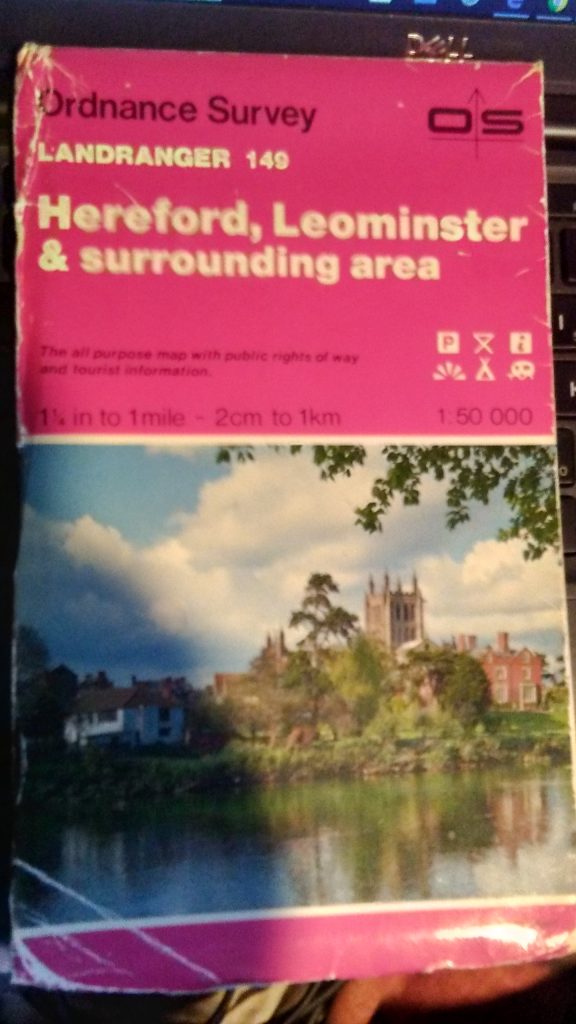I’ve always been fascinated by maps of all kinds. Long before I first visited London, I opened a pocket diary belonging to my parents and found a map of the London Underground on the back pages, the classic Pick design which sacrifices geographical accuracy for diagrammatic clarity. Where was Morden? Why are the various lines named in the way they are? In the same writing bureau was a folding map of Sutton Park, an area of heathland, woodland and artificial lakes near the town of Sutton Coldfield, approximately 6 miles to the north east of Birmingham City Centre and a favourite family day out. When I discovered the works of J.R.R. Tolkien in my early teens, the maps of the Shire and Middle-earth drew me in as I imagined the vast scale of this mythical world. At age 12 I remember a cycle ride with my friend David Briggs, who used an Ordnance Survey map to navigate our 40 mile day out. David’s family were keen walkers and he was a good map reader, so we reached Cannock Chase without hitch, although I took a wrong turn on the way back when I was tired and had forgotten David’s instruction to turn left at a particular junction, causing David to come back for me. I doubt if modern parents would let two 12 year-olds out on their own for such a bike ride.
A very early example of mapping can be found in Hereford Cathedral, which houses the Mappa Mundi or Map of the World, as envisaged by mediaeval Christendom. This in turn is interpreted by a nineteenth century writer A. Hugh Fisher in “The cathedral church of Hereford”, a copy of which is available as an e-book in our collection – see https://discover.lshtm.ac.uk/permalink/44HYG_INST/1m9295r/alma991000816249803736
When I started working here, the library guide, or plan, featured a map showing the layout, function and purpose of the reading rooms, using letters as a key e.g. A. Enquiry Desk, B. Barnard room. This served to illustrate ambiguities of interpretation, as the Barnard classification scheme also uses upper case letters, so many of our users would assume that any books classified under A would be kept at the Enquiries desk. After several redesigns, the current map tells you where the most frequently used book classifications are found, within the limitations of the format.




